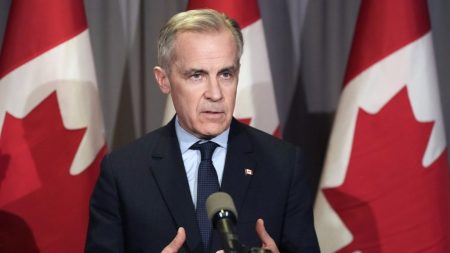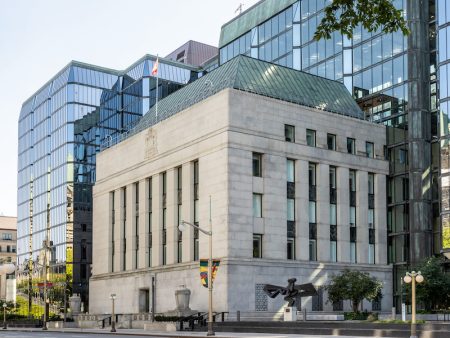As speculation grows around Mark Carney’s political ambitions, the former Bank of Canada and Bank of England governor is increasingly presenting himself as a corporate-style leader—someone who could run Canada like a business. But while this pitch may appeal to economically focused voters and business circles, critics warn it’s an approach that risks replacing democratic governance with boardroom ideology.
In a series of speeches, interviews, and panel appearances, Carney has laid out a vision for the country that borrows heavily from corporate leadership language. His talking points emphasize efficiency, market stability, investor confidence, and Canada’s need to remain globally competitive in an era of financial volatility and climate risk.
But this “CEO of Canada” persona is raising eyebrows among political commentators, economists, and civil society leaders who argue that running a country isn’t the same as managing a multinational firm.
A Nation Is Not a Corporation
Carney’s critics caution that governance requires far more than fiscal management. Democratic societies must account for equity, public participation, constitutional rights, and social obligations that go beyond the bottom line. Unlike a company, a country cannot “fire” its underperforming citizens, restructure away its regional disparities, or treat dissent as a PR liability.
One of the central critiques of the “Canada Inc.” model is that it tends to elevate technocracy over accountability. Carney, for all his international financial acclaim, has never held elected office, and his views on controversial policy areas—taxation, energy development, foreign policy—remain largely untested in the democratic arena.
While running a central bank requires strategic vision and long-term forecasting, critics argue that political leadership demands something more: public trust, electoral legitimacy, and grassroots engagement.
The Corporate Playbook: Risk or Reform?
Proponents of Carney’s approach suggest that treating Canada’s federal machinery like a corporation could have upsides. It might lead to better management of public funds, clearer economic direction, and more nimble responses to global market shifts.
Carney’s financial credentials are hard to dispute. His leadership during the 2008 financial crisis and later at the Bank of England was widely praised. His more recent work on climate finance and ESG strategies also positions him as a forward-thinking executive capable of navigating today’s complex global challenges.
However, critics argue that the business-style framing of governance often sidelines the human dimension. It can lead to metrics-driven policymaking where short-term optics or investment returns take precedence over long-term community welfare and democratic process.
From Davos to Ottawa?
Carney’s path from the boardrooms of Goldman Sachs to the stage at the World Economic Forum in Davos has been one of global stature. But whether that experience translates into a viable platform for national leadership is still uncertain.
Many Canadians are skeptical of elite technocrats, especially in an age where populism and regional economic disparities dominate political discourse. Carney’s closeness with global financial institutions and climate policy circles may alienate voters in oil-producing provinces, small towns, and working-class communities.
His increasing public visibility—on economic panels, charity boards, and climate finance initiatives—suggests a quiet buildup toward a formal political role. But running Canada like a business could clash with running it as a democracy.
Conclusion: Vision or Illusion?
Whether or not Mark Carney will run for Prime Minister, the debate around his potential leadership is already shaping public discourse. His supporters envision a polished executive bringing order to federal bureaucracy. His critics see a Davos-style technocrat whose policies could drift far from the everyday realities of Canadians.
The broader question remains: Should Canada be run like a business—or something better?







